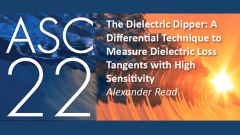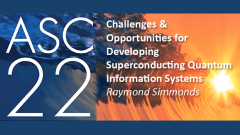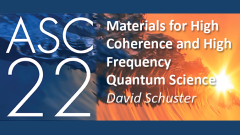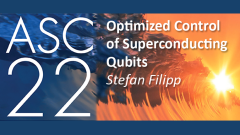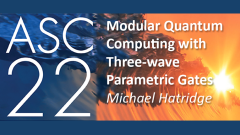Realizing Quantum Error Correction in the Surface Code with Superconducting Circuits
Superconducting electronic circuits are ideally suited for studying quantum physics and its applications. Since complex circuits containing hundreds or thousands of elements can be designed, fabricated, and operated with relative ease, they are one of the prime contenders for realizing quantum computers. Currently, both academic and industrial labs vigorously pursue the realization of universal fault-tolerant quantum computers. However, building systems which can address commercially relevant computational problems continues to require significant conceptual and technological progress. For fault-tolerant operation quantum computers must correct errors occurring due to unavoidable decoherence and limited control accuracy. Here, we demonstrate quantum error correction using the surface code, which is known for its exceptionally high tolerance to errors. Using 17 physical qubits in a superconducting circuit, we encode quantum information in a distance-three logical qubit building up on our recent distance-two error detection experiments [1]. In an error correction cycle taking only 1.1 µs, we demonstrate the preservation of four cardinal states of the logical qubit. Repeatedly executing the cycle, we measure and decode both bit- and phase-flip error syndromes using a minimum-weight perfect-matching algorithm in an error-model-free approach and apply corrections in postprocessing. We find a low logical error probability of 3% per cycle [2]. The measured characteristics of our device agree well with a numerical model. Our demonstration of repeated, fast, and high-performance quantum error correction cycles, together with recent advances in ion traps, support our understanding that fault-tolerant quantum computation will be practically realizable.
[1] C. Kraglund Andersen et al., Nature Physics 16, 875–880 (2020)
[2] S. Krinner, N. Lacroix et al., Nature 605, 669–674 (2022)
Superconducting electronic circuits are ideally suited for studying quantum physics and its applications. Since complex circuits containing hundreds or thousands of elements can be designed, fabricated, and operated with relative ease, they are one of the prime contenders for realizing quantum computers. Currently, both academic and industrial labs vigorously pursue the realization of universal fault-tolerant quantum computers. However, building systems which can address commercially relevant computational problems continues to require significant conceptual and technological progress. For fault-tolerant operation quantum computers must correct errors occurring due to unavoidable decoherence and limited control accuracy. Here, we demonstrate quantum error correction using the surface code, which is known for its exceptionally high tolerance to errors. Using 17 physical qubits in a superconducting circuit, we encode quantum information in a distance-three logical qubit building up on our recent distance-two
 Cart
Cart Create Account
Create Account Sign In
Sign In
